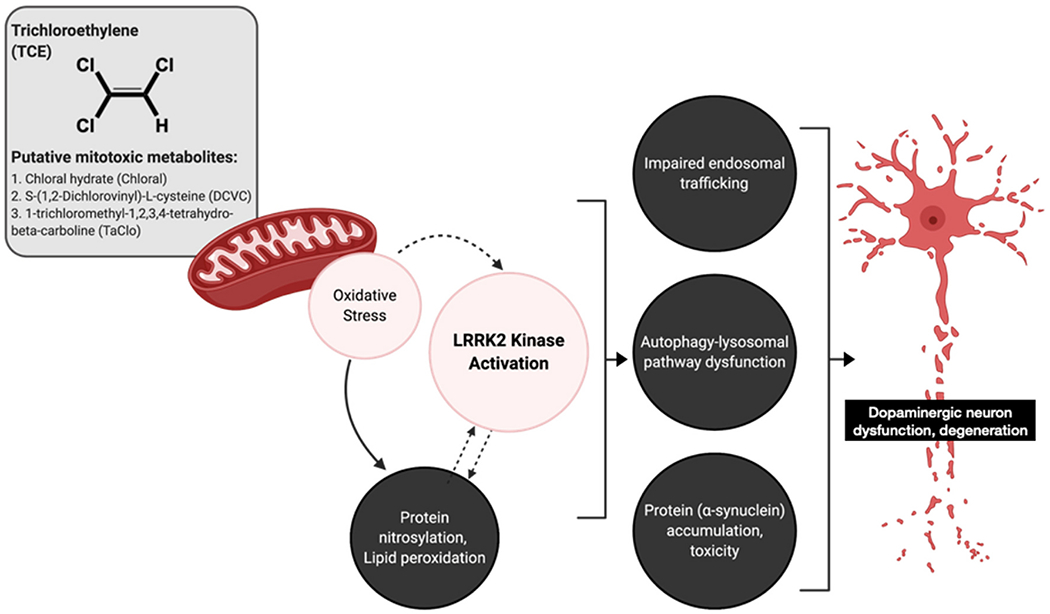Fig. 7. A pathway to LRRK2-mediated pathology in dopaminergic neurons following TCE exposure.

Trichloroethylene (TCE) undergoes extensive metabolism which generates several putative mitochondrial toxicants. Mitochondrial damage following TCE exposure causes cellular oxidative stress, which could induce LRRK2 kinase activity and cause downstream cellular dysfunction in dopaminergic neurons. In the current study, TCE-treated rats displayed quantifiable detection of oxidative protein modification (3-nitrotyrosine), lipid peroxidation (4-hydroxynonenal), accumulation of Rab5-positive early endosomes, reduction in autophagy (Lamp1, p62), and accumulation of endogenous α-synuclein (total, pSer129). Dashed arrows indicate hypothesized mechanisms. Image created in part with Biorender.com.
